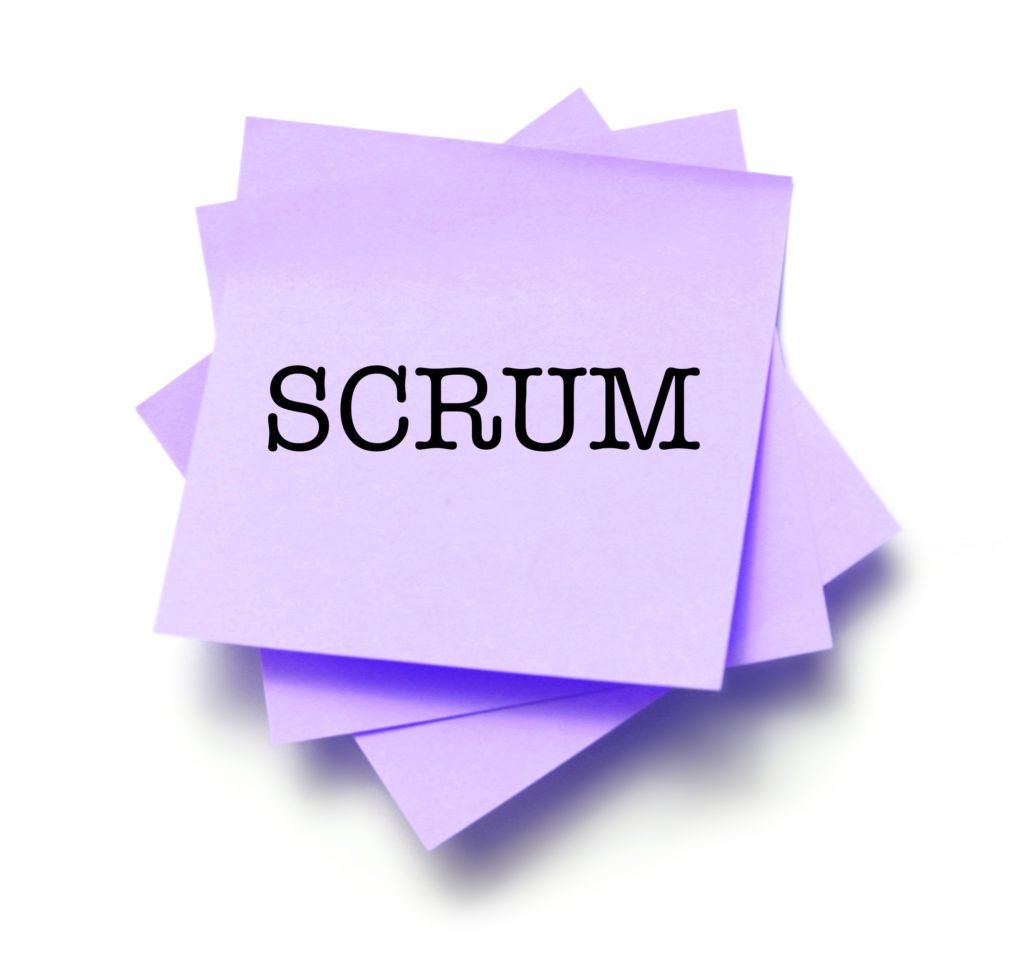In an Agile organization, Scrum master is the one who holds together the process of product delivery while maintaining an easy to approach way to solve problems and facilitating for the organization, scrum team and product itself. In this process, most agile teams have a scrum master to lead the process of daily scrum meetings, in theory, practice and values. The scrum master not only leads the team but also helps out the team members in practice and manages the sprint board, retrospective meetings and the overall functioning of the team by acting like a “servant leader”.
A scrum master might have to use several tools to keep track of progress as well as the backlogs of the team from the previous sprint and priority of each of these items in the next one. There are several tools available in the market for the same, as well as scrum master certifications to help one be more confident in the role, and appear more suited for the same role in an agile organization's scrum team.
Steps to take if you want to facilitate your scrum team’s progress by removing roadblocks
- Have basic knowledge of Scrum and the agile framework: As a scrum master, it is important to know the basic terminology of a scrum as well as the agile framework and the various tools that could help track the daily progress of the team smoothly. Besides the scrum master, the technical lead, consultant or product manager are some of the other functions who need to be fluent in the workings of a scrum team, ensuring that there is no communication gap within the team. Also, the knowledge of stakeholders, mediating conflicts and adaptability to change according to requirements are very big assets in positions such as these. A scrum master certification will be of a great use to you.
- Choose a recognized scrum certification program: While there are a plethora of resources online to get a certification done on scrum or on how to become a scrum master, you must choose one which is valuable to the organization you are planning to join. The syllabus covered for the certification and training provided, if any, are the primary things that you should check while signing up for certification in this domain. Starter certifications mostly comprise MCQ questions and cover all the basics that a scrum master would need to know for handling the responsibility of an Agile team well. Also, this becomes a third-party verification that an individual possesses the requisite skills to be a scrum master, so it is easier for organizations to judge the same while hiring.
- Attending a course for knowhow of the course content: Most certifications for scrum master require you to go through a training which prepares you for the examination. This requires around two days of effort along with extra reading if anyone is interested in the same. Some of the important topics are the history of a scrum, building a successful scrum team, managing backlog for your team, scrum scalability, how to build and manage teams etc. This helps scrum master tackle the challenges of implementing scrum methodology, preparing reports and to overcome any hurdles that they face as a team. Following this, you appear for the examination and get certified for securing a minimum score overall of sixty to eighty-five per cent and receive a certificate stating you are a scrum-master.
- Certificate renewal every two years: Since scrum is a part of agile which is an ever-evolving process, the scrum master certification expires every two years and renewal is necessary by citing your education hours and a minimal fee.
Also Read: Role & Responsibilities of Scrum Master










